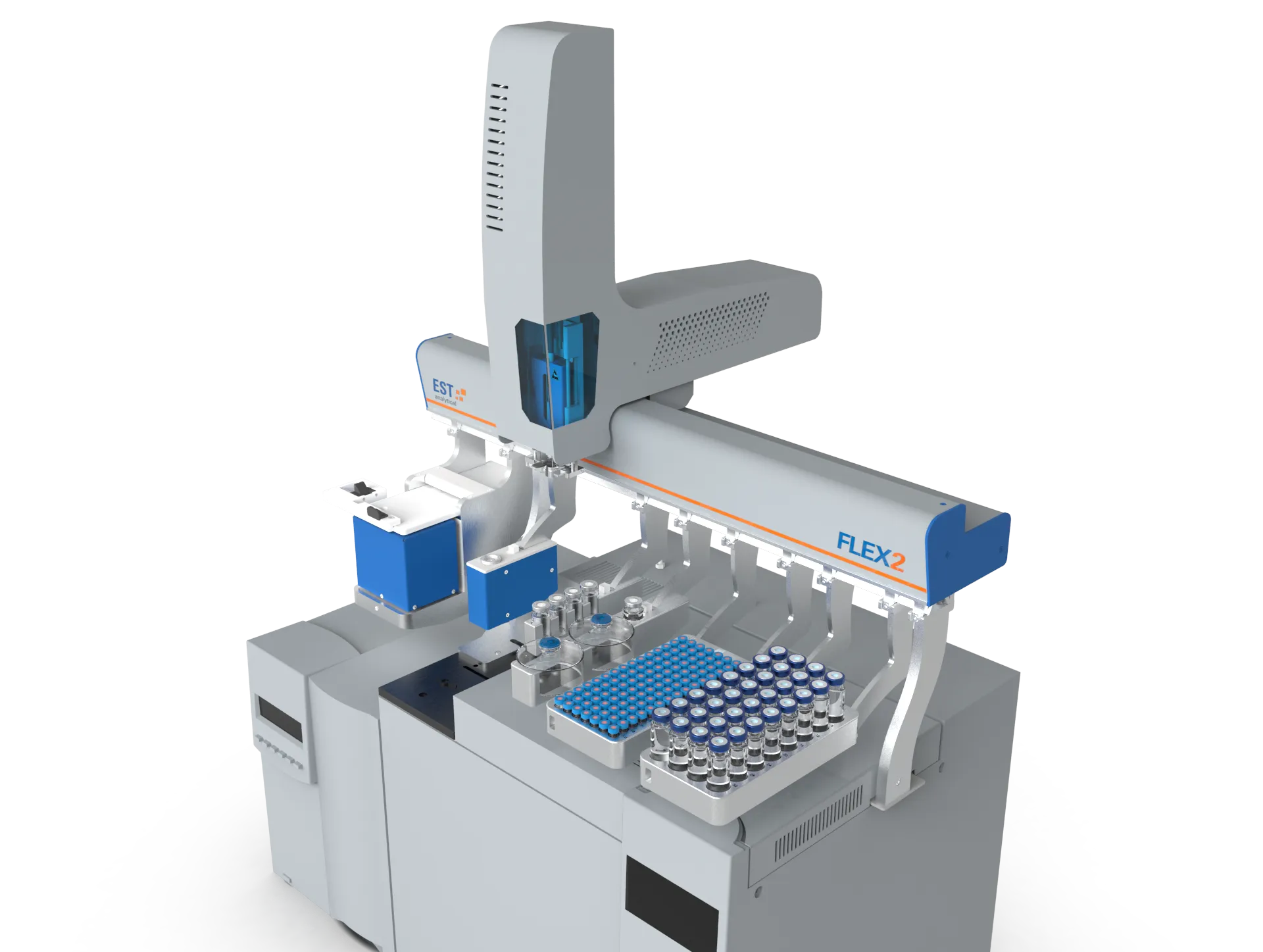Blood Alcohol Determination Using Static Headspace Analysis with Optimized Sample Throughput

There are several ways to determine the amount of alcohol that is in a person’s system. The most common methods are breath analysis in the field and blood analysis in the lab. Blood alcohol determination in the laboratory is used predominantly when a person refuses a breath test. In order to determine blood alcohol content, a person’s blood has to be withdrawn as soon as possible after the occurrence. Furthermore, the blood needs to be collected in duplicate in order to confirm the test results. This application note will examine static headspace sampling of alcohol standards using Gas Chromatography (GC) for separation and Flame Ionization Detection (FID) for analysis. The linearity of the compounds of interest will be examined and compared using a secondary column for confirmation. Additionally, as many forensic labs have an excess of samples to examine, the use of software innovations will aid in optimizing sample throughput.
Our Impact
EST Analytical has been helping labs achieve their analytical goals for over 30 years. Our vision is to engineer reliable laboratory instruments that enable partners to make the world a better place.
To help labs excel we offer Application Notes across our entire product line. They are a resource that explains the technology, performance, and abilities of our products as used against certain methodologies and or applications.
Whether your needs center around a USEPA method, an ASTM Standard, or a sample matrix-based outcome EST has you covered. If you don’t see the technical direction you need, simply contact us. We also offer sample analysis in our onsite Applications Lab.




